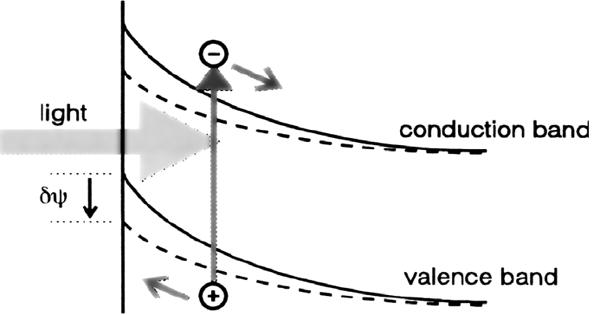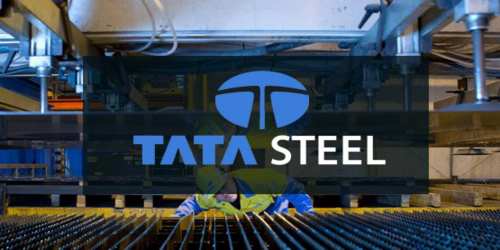When a vehicle collides with a roadside object at an intersection, the odds are that the object is a traffic light pole. However, if it is a modern energy-absorbing pole, the possibility of harm or even death may be greatly minimized.
Because traditional traffic light poles are quite solid and unyielding, crashes with them can be extremely dangerous for the vehicle. Furthermore, if a pole is smashed into hard enough, it may strike surrounding passersby. Of course, the complete pole and damaged lights must be replaced as well.
A game-changing device that allows traffic signals to absorb kinetic energy, preventing them from crumpling when hit by a vehicle, will save thousands of lives and make our roads more safer.
That’s the prediction of Dr. Mohammad Uddin, senior lecturer and research lead at the University of South Australia (UniSA), who is collaborating with manufacturing company Impact Absorbing Systems (IAS) on a new project to reduce collision-related injuries as well as damage to traffic lights and vehicles.
The $640,000 project, which is partially funded by the Innovative Manufacturing CRC (IMCRC), will combine IAS’s expertise in road safety with UniSA’s engineering design and advanced manufacturing capabilities to ensure traffic lights absorb a high-impact crash, remain undamaged and operational, and save the lives of pedestrians and motorists.
By employing the best design and impact-absorbing materials, the traffic signals will not crumple if struck, but rather simply tilt to a modest angle, stopping an out-of-control car. We will develop an effective solution that has the potential to improve road safety worldwide by leveraging UniSA’s R&D capabilities.
Dr. Mohammad Uddin
According to Dr. Uddin, the technology entails recreating existing IAS-fabricated energy absorbent bollards and fine-tuning the design to better suit the shape, length, and size of common traffic lights while meeting regulatory standards.
“Recent statistics reveal that traffic light collisions in Australia cost $18.5 million per year in fatalities, $53.7 million in injuries, and up to $16 million per year in repair, installation, and maintenance,” Dr. Uddin explains. The figure is substantially greater globally.
“By employing the best design and impact-absorbing materials, the traffic signals will not crumple if struck, but rather simply tilt to a modest angle, stopping an out-of-control car.” Existing traffic signals are hard steel, hollow structures that cause serious and deadly injuries to pedestrians and motorists when struck by a car.
“The cost to human life is bad enough, but they also leave councils with a significant bill to repair and replace them.”

The team will use modern manufacturing processes, materials testing, and computational modeling to develop and test several prototypes at UniSA’s Testlab and engineering design facilities, resulting in a world-first product that meets road safety regulations.
The researchers will also incorporate smart sensors into the final design, which will monitor the state and function of the traffic lights and assist local governments in maintaining them. Grad Zivkovic, IAS industry head, claims that the collaboration with UniSA and IMCRC will “revolutionize” present traffic signal design.
“We will develop an effective solution that has the potential to improve road safety worldwide by leveraging UniSA’s R&D capabilities,” Zivkovic says. “Throughout its development and commercialization, this initiative will also provide paths for Australian manufacturers to build and supply components of the energy-absorbing traffic lights, supporting local industry and global export potential.”
According to Dr. Uddin, the project should be completed over the next 12 months, and the product should be available for usage by 2023. “We anticipate that these new energy-absorbing traffic lights (EATL) will become the standard type in the future, not only for new installations but also for gradually replacing existing lights.”
Dr. Matthew Young, Manufacturing Innovation Manager at IMCRC, believes the EATL technology will also benefit local governments and governments by lowering health care expenditures and traffic light replacement costs. “There are tremendous prospects all around,” he says.
Dr. Matthew Young, Manufacturers Innovation Manager at the IMCRC, stated that the IMCRC was thrilled to be co-funding the development of the world-first EATL technology, which offers tremendous prospects for Australian manufacturing, government, and local governments. “EATL has considerable market potential in the field of traffic light safety solutions, particularly as an Australian-made solution,” stated Dr. Young.
“If effective in lowering traffic light replacement costs and expenditures related with human casualties, the technology will help the Department of Infrastructure and Transportation as well as local governments.” This initiative exemplifies what can be accomplished through the IMCRC’s active program, which is meant to catalyze commercial outcomes through shorter-term collaborations between Australia’s SMEs and research organizations.”
















